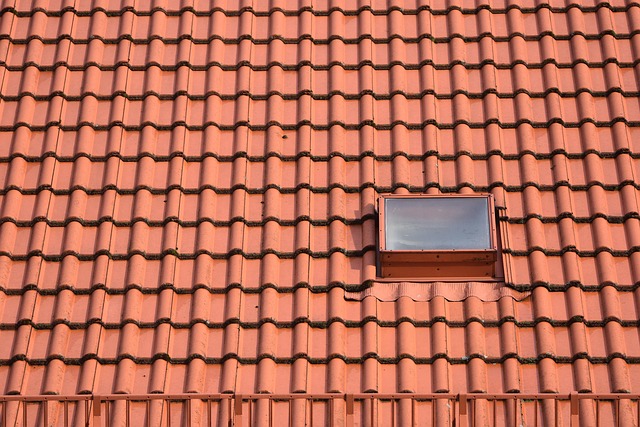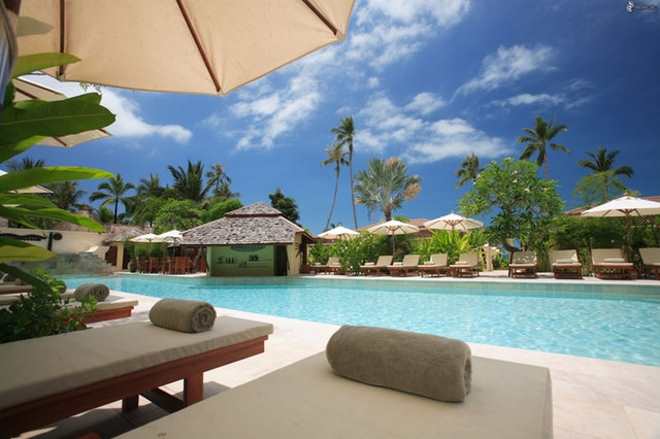Awnings and Overhangs: Types, Benefits and Installation Considerations
Awnings and overhangs are architectural elements that extend from a building’s façade to provide shade, rain protection and visual interest. They range from simple fixed projections to retractable fabric systems and can influence energy use, outdoor comfort and the longevity of exterior finishes. This article outlines common types, material choices, design decisions and practical considerations for selecting and maintaining awnings and overhangs in your area.

Common types and materials
Awnings and overhangs can be broadly categorised as fixed, retractable, freestanding or integrated into rooflines. Fixed overhangs are permanent structures often built from timber, steel or aluminium and clad with the same material as the building or with specialist roofing materials. Retractable awnings usually use aluminium or steel frames with textile coverings made from acrylic, polyester or PVC-coated fabrics. Canvas-style textiles provide breathability and classic aesthetics, while synthetic coatings offer greater water resistance and UV stability. Material choice affects cost, weight, durability and appearance, so match material to the intended use and climate.
Design, sizing and placement questions
Sizing an awning or overhang requires balancing aesthetics, function and local sunlight patterns. Consider solar orientation: deeper overhangs on south-facing façades offer more summer shade but might limit winter sun when heat gain could be useful. Measure clearances for doors and windows, ensure adequate pitch for water runoff and allow for wind exposure. Proportions relative to windows and doors contribute to visual harmony; a very large awning on a small façade may overwhelm the architecture. Consult local building codes for minimum clearances and structural requirements before finalising dimensions.
Material pros and cons
Timber provides warmth and can be easily customised but needs regular maintenance to resist rot and insect damage. Aluminium is lightweight, corrosion-resistant and low-maintenance, suitable for many climates. Steel offers high strength for longer spans but needs protective coatings to prevent rust. Textile awnings give flexibility and a variety of colours and prints but typically have shorter lifespans than metal structures and may require replacement sooner in harsh climates. PVC-coated fabrics are highly water-resistant but can trap heat; breathable acrylic textiles offer better airflow. Consider lifecycle, maintenance needs and local weather when weighing material options.
Installation, maintenance and durability
Professional installation is recommended for load-bearing overhangs and large retractable units, because incorrect fixing can compromise structural integrity and cause damage. Regular maintenance depends on material: clean fabrics periodically to remove dirt and mildew, check fasteners and seals on metal structures, and reapply protective finishes to timber every few years. Inspect for corrosion, seam wear, and mechanical issues in retractable systems. Well-installed metal overhangs can last several decades; textile awnings commonly require replacement every 5–15 years depending on exposure and care. Proper drainage and ventilation help extend service life.
Energy, shading and weather performance
Awnings and overhangs can reduce solar heat gain through windows, lowering cooling demand in summer. Correctly sized fixed overhangs shade high summer sun while allowing lower-angle winter sun, which can help with passive solar performance. Retractable systems offer flexibility to adapt to seasonal needs. In windy or storm-prone areas, choose robust frames and anchoring systems; consider removable or retractable options to avoid wind damage. For rain protection, ensure the awning pitch and guttering direct water away from walls and openings to prevent damp issues. Thermal and daylighting effects should be considered alongside comfort and façade protection.
Regulations, permits and local services
Local planning rules and building regulations often govern projection limits, height clearances and structural safety for awnings and overhangs. Heritage or conservation areas may impose additional restrictions on materials and appearance. Before commissioning work, check with local authorities about permit requirements and any listed-building constraints. For installation and maintenance, seek reputable local services that can provide structural calculations, compliant fixings and appropriate warranties. Ask for references and evidence of insurance, particularly for larger or complex installations. Engaging qualified contractors reduces the risk of non-compliance and helps ensure long-term performance.
Conclusion
Awnings and overhangs are practical additions that influence comfort, energy use and the durability of exterior surfaces. Choosing the right type, material and size requires attention to orientation, local weather conditions, maintenance capacity and regulatory requirements. Whether selecting a fixed architectural overhang or a flexible retractable awning, informed decisions about design and installation will help ensure a durable, functional solution tailored to the building and its environment.



